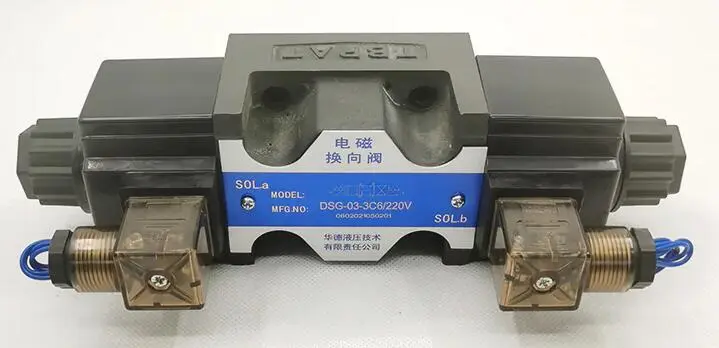How do you adjust a hydraulic control valve?
Hydraulic control valves play a crucial role in regulating the flow and pressure of hydraulic systems, ensuring efficient and precise control of various functions. Adjusting a hydraulic control valve is essential for optimizing system performance and addressing specific operational requirements. Here's a step-by-step guide on how to adjust a hydraulic control valve:
1. Identify the Valve to Be Adjusted:
Different hydraulic systems may have multiple valves controlling various functions. Identify the specific valve you need to adjust based on the hydraulic component or function it regulates.
2. Reference the System Documentation:
Consult the system documentation, including hydraulic schematics and manuals, to understand the valve's purpose, function, and recommended adjustment procedures. This information is critical for proper adjustment without compromising system integrity.
3. Ensure System Safety:
Before adjusting any hydraulic component, ensure that the hydraulic system is safely depressurized. Follow proper lockout/tagout procedures to prevent unintentional movement of hydraulic actuators or components.
4. Access Adjustment Points:
Locate the adjustment points on the hydraulic directional control valve. These points are typically identified by adjusting screws, knobs, or other accessible mechanisms. Refer to the valve's manual or markings for guidance on adjustment locations.
5. Set the System to Neutral:
Position the hydraulic system to a neutral state. This often involves centering any directional control valves or adjusting other system controls to a position where there is no hydraulic flow or pressure.

6. Adjust Flow Control:
If your hydraulic control valve includes a flow control adjustment, use the appropriate tool (such as a screwdriver) to turn the flow control screw. Clockwise rotation generally reduces flow, while counterclockwise rotation increases flow. Gradually make adjustments and monitor the system response.
7. Adjust Pressure Control:
For valves with pressure control adjustments, use the specified tool to turn the pressure control screw. Clockwise rotation typically increases pressure, while counterclockwise rotation decreases pressure. Make incremental adjustments and observe the impact on the system.
8. Observe System Response:
As you make adjustments, carefully observe the hydraulic system's response. Monitor the movement of actuators, the speed of hydraulic motors, or any other relevant performance indicators. Adjustments should be made gradually to prevent sudden changes that could lead to system instability.
9. Conduct Functional Tests:
After making adjustments, conduct functional tests to ensure that the hydraulic system operates as intended. Verify that the controlled functions respond appropriately and that the system maintains stability under varying loads or conditions.
10. Document Adjustments:
Record the details of the adjustments made, including the initial settings and the reasons for the changes. Proper documentation helps in troubleshooting, maintenance, and future reference.
11. Monitor for Leaks:
After adjustments, check for any hydraulic leaks around the hydraulic valve or associated connections. Address any leaks promptly to prevent fluid loss and maintain system integrity.
12. Consult Manufacturer Guidelines:
Always refer to the manufacturer's guidelines and recommendations for adjusting the specific hydraulic control valve model in use. Manufacturers provide detailed information on adjustment procedures, limits, and safety precautions.
13. Seek Professional Assistance if Necessary:
If you encounter challenges or if adjustments require specialized knowledge, consider seeking assistance from hydraulic system experts or the equipment manufacturer's technical support.

